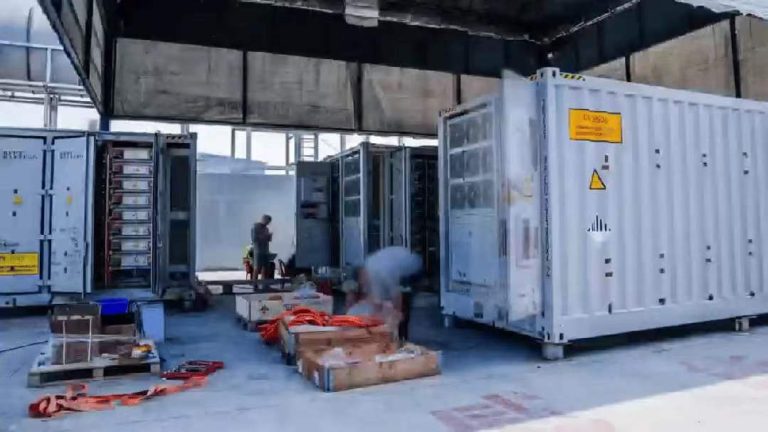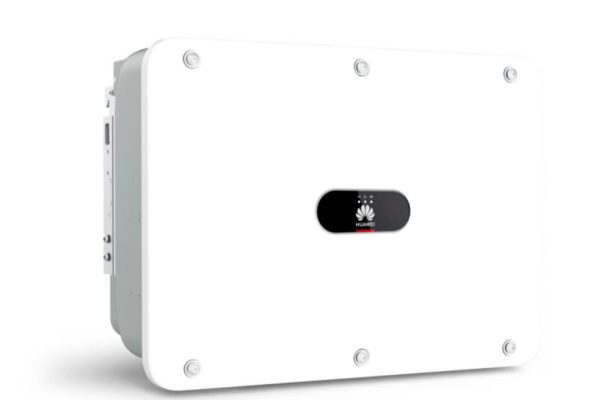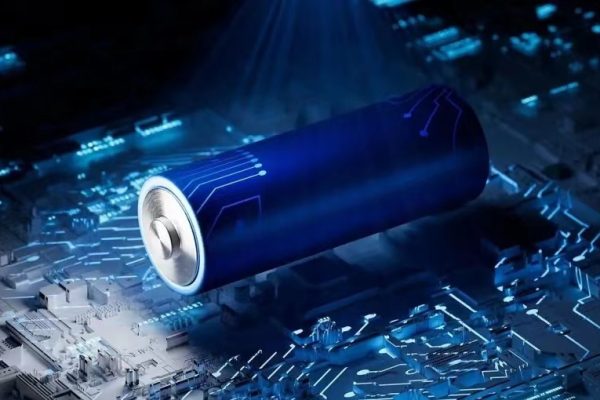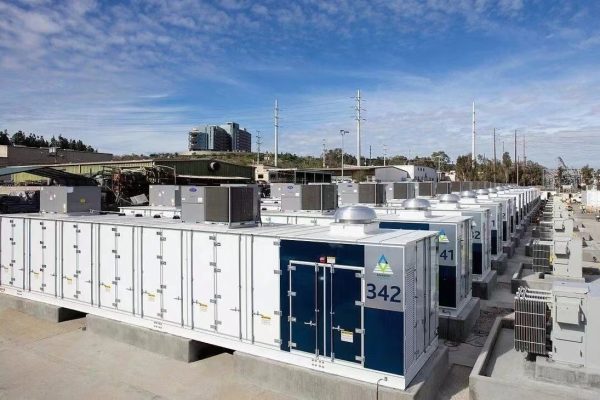Why Profit Calculation Varies by Order Size
In energy storage exports, profit margins are not fixed. The cost structure and revenue potential shift depending on whether the order is a sample shipment, a small batch, or a container-level order. Exporters who understand the logic of profit calculation across different order sizes can price competitively, win buyer trust, and still maintain healthy margins.
1. Key Cost Components Affecting Profit
Before breaking down order sizes, exporters should consider the following universal cost elements:
- Product Manufacturing Cost: Raw materials, labor, and overhead.
- Compliance & Certification: CE, UL, GCC, or PSE documentation fees.
- Logistics Costs: Freight, handling, customs clearance.
- Packaging & Labeling: Export-standard cartons, UN-certified boxes for batteries.
- After-Sales & Warranty Provision: Reserve margin for service obligations.
Exporter Tip: Profit margins are shaped not only by product cost but also by how fixed costs are spread across order volumes.
2. Profit Logic for Sample Orders
- High Per-Unit Logistics: Courier shipping and special packaging inflate costs.
- Certification Sharing: Buyers may expect certificates even for small shipments.
- Strategic Pricing: Some exporters choose cost-recovery pricing for samples to encourage testing.
Example: A $500 battery sample may cost $350 to produce and $120 to ship, leaving only $30 profit. But the strategic value lies in winning a larger future order.
3. Profit Logic for Small Batch Orders
- Moderate Fixed Cost Spread: Costs like documentation and customs clearance are still significant per unit.
- Higher Buyer Sensitivity: Freight and unit price must be explained clearly to avoid pushback.
- Balanced Margin Strategy: Apply a reasonable markup while maintaining competitiveness.
Example: A 20-unit ESS shipment may cost $14,000 to produce, with $3,000 in freight and handling. Selling at $20,000 leaves a $3,000 gross margin (~15%).
4. Profit Logic for Large Batch Orders
- Economies of Scale: Container-level shipping drastically reduces per-unit freight cost.
- Stronger Negotiation Pressure: Buyers demand lower prices for large commitments.
- Margin Adjustment: Lower percentage margin but higher total profit.
Example: A full container (200 units) may cost $140,000 to produce and $10,000 to ship. Selling at $180,000 leaves $30,000 gross profit, even at a lower margin (~17%).
5. Hidden Factors Influencing Profitability
- Payment Terms: L/C vs. T/T impacts cash flow and financing costs.
- Warranty Length: Longer warranties reduce effective profit if failures occur.
- Currency Exchange: Dollar, Euro, or local currency fluctuations affect net returns.
Exporter Tip: Always run sensitivity analysis—what happens if freight doubles or if the buyer negotiates a 5% discount?
6. Best Practices for Managing Profit Across Order Sizes
- Transparent Pricing Models: Explain why small orders carry higher unit costs.
- Scalable Discounts: Reward larger orders without eroding profitability.
- Use Trial Orders Strategically: Treat them as marketing investments.
- Monitor Logistics Efficiency: Optimize shipping channels to protect margins.
Profit Is Not One-Size-Fits-All
In ESS exports, profitability must be calculated relative to order size. Sample orders serve as trust-building tools with minimal direct profit. Small batches balance competitiveness with modest margins. Large-scale orders leverage economies of scale for maximum returns. Exporters who master this profit calculation logic can design pricing strategies that attract buyers, sustain growth, and secure long-term partnerships.









